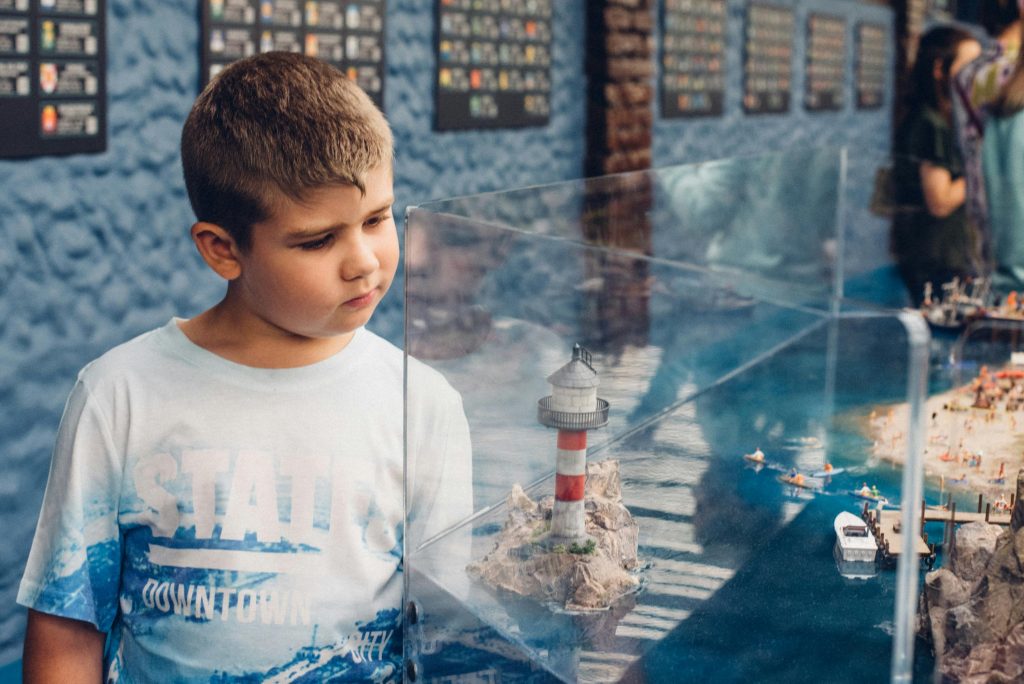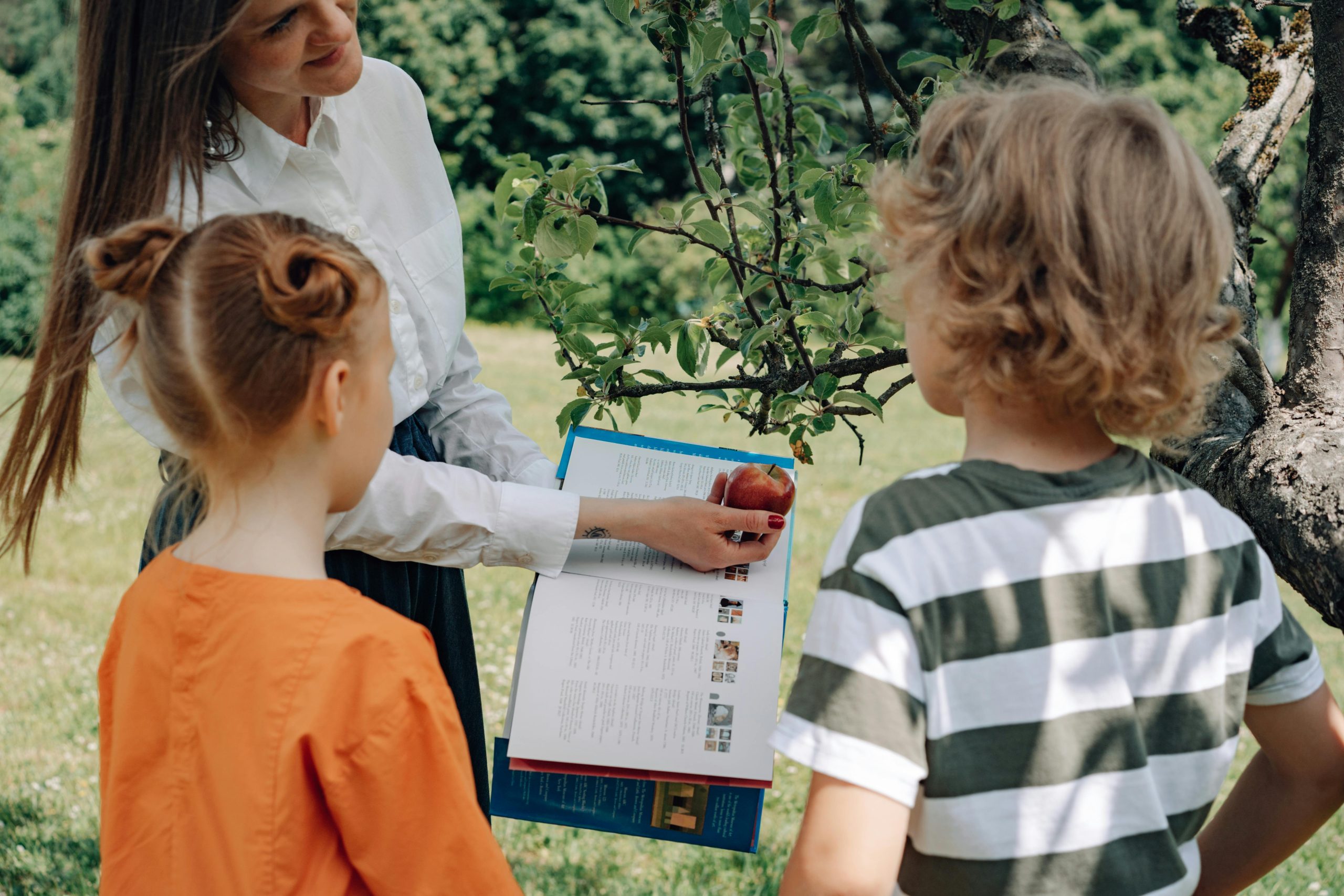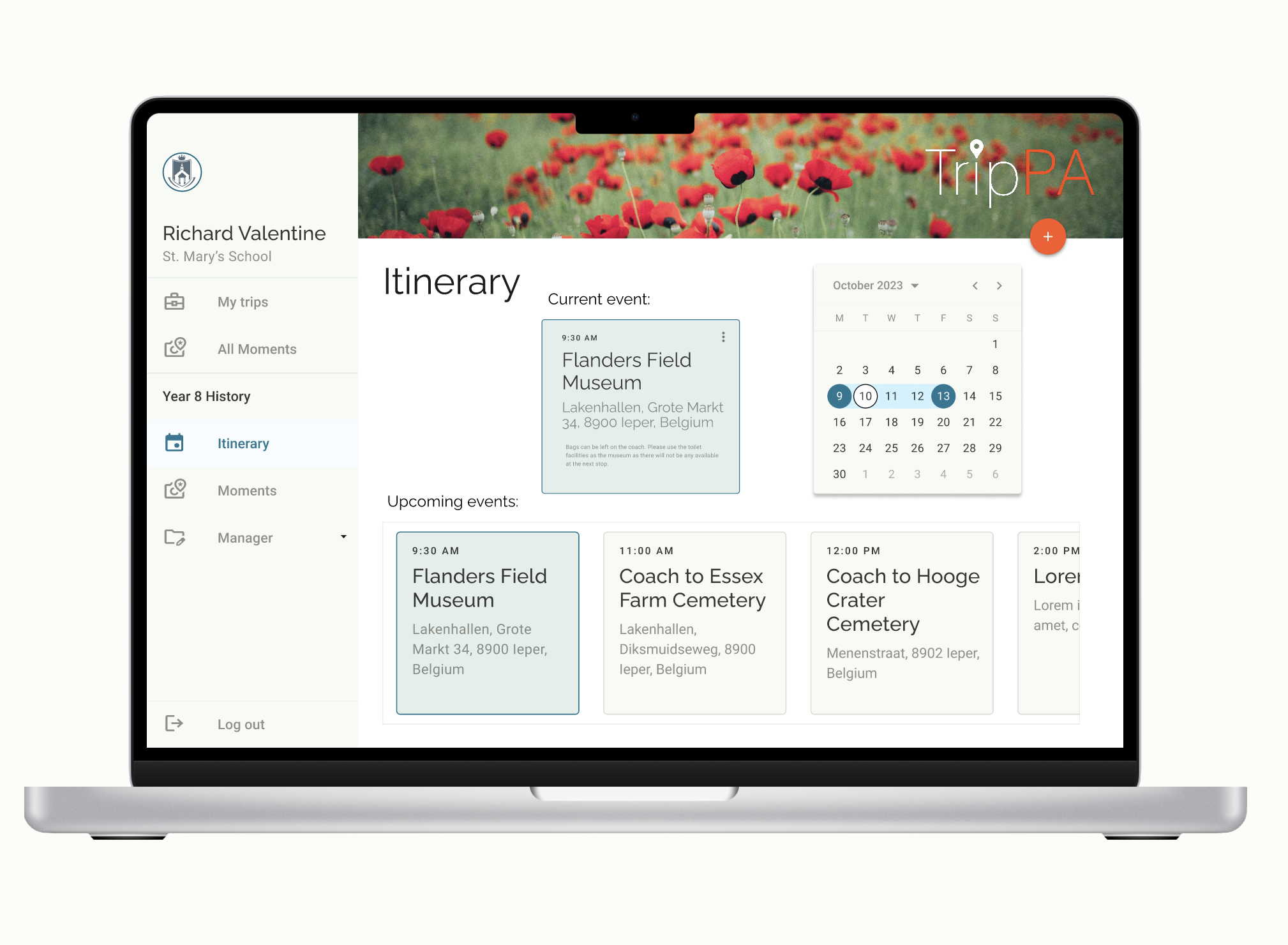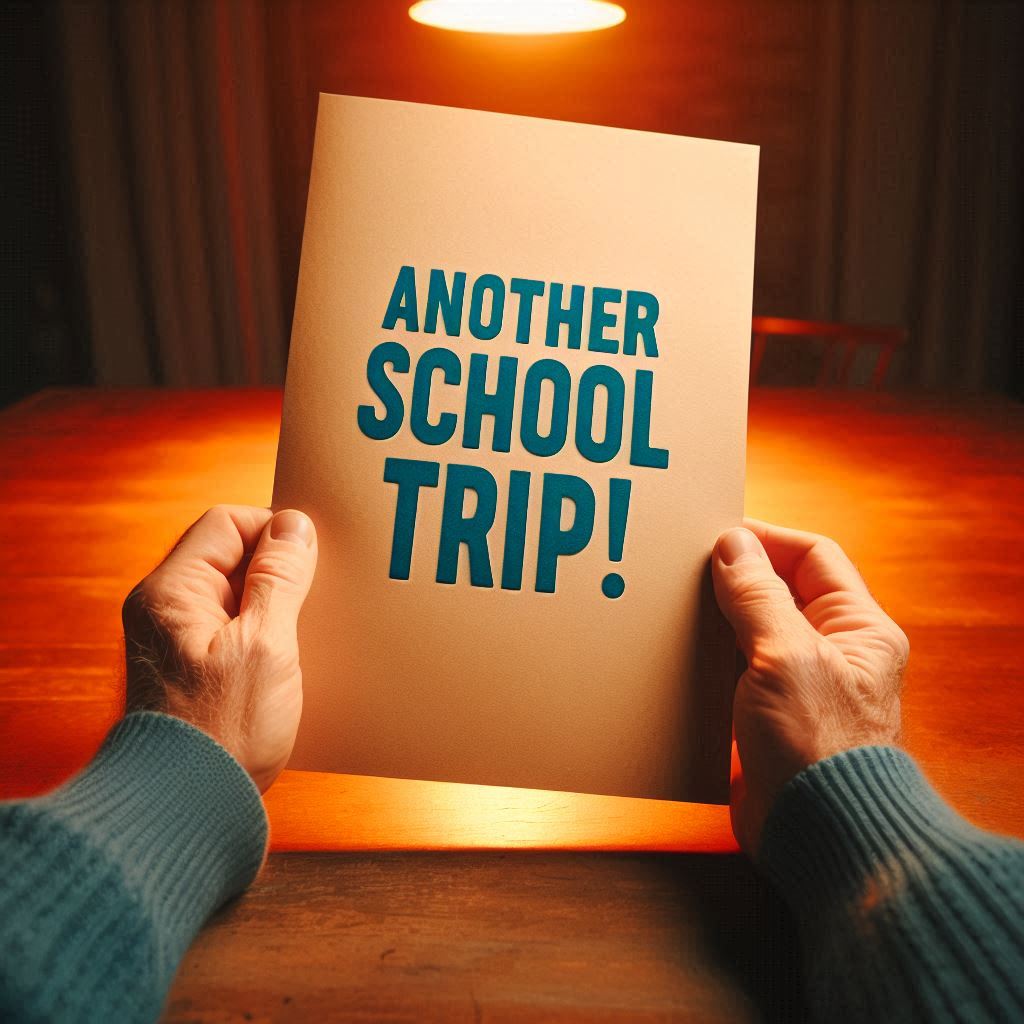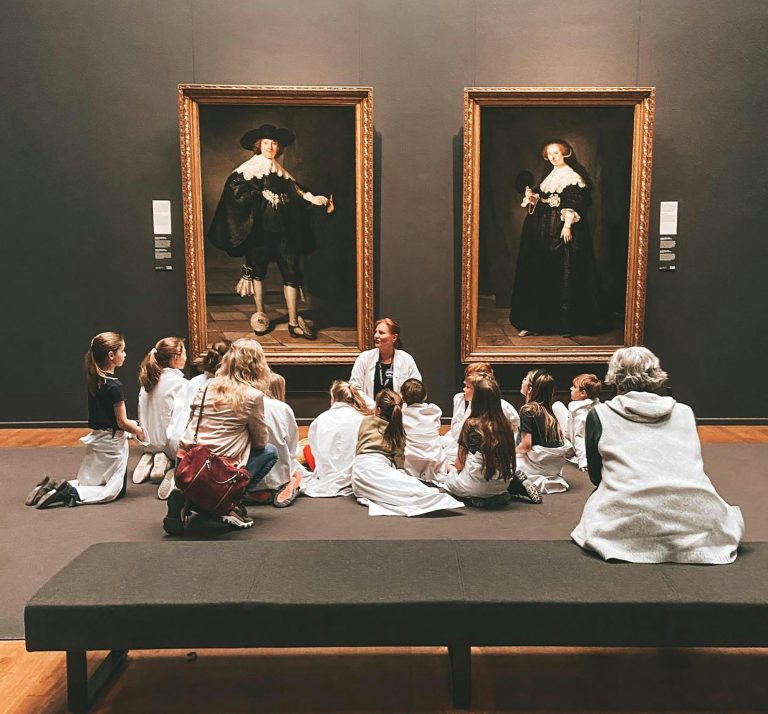
Educational Tips
Here are our top tips for boosting the educational value of your museum and gallery trips:
- Make sure the trip is embedded into your curriculum, and tie it directly to what the students are learning in class.
- Set clear learning objectives. What do you want the students to gain from the visit?
- Carefully consider timing. Will the museum or gallery trip work best as an intro to a topic, as a way to apply learning during the unit, or as a consolidation of knowledge after it has finished?
- Explore workshops and tours. Find out what the venue offers for school groups and make the most of it!
- Use museum-provided resources. Many venues will offer teacher packs, worksheets or lesson ideas, so make sure to ask them.
- Consider preparing and bringing your own resources. Tailoring resources to match your exact curriculum and needs of your students can be powerful, so consider what activities might work best for your group. Scavenger hunts of various kinds are always popular – how about museum detective (provide a set of clues which leads students to particular items)?
- Speak to the museum staff. They might well have an individual or team responsible for school visits, who can help you with the educational value of your trip.
- Break the day into chunks. You don’t want to overwhelm your students, so make sure they have plenty of downtime too!
- Speaking of overwhelming, if you are visiting a big museum, don’t try to cover everything – stick to the key areas which are most relevant.
Most importantly, make sure to get your students excited about the trip in advance! They’ll learn so much more if they are super keen. Keep talking about it in the lead-up, and use the most engaging resources – videos etc. – to foster that excitement!
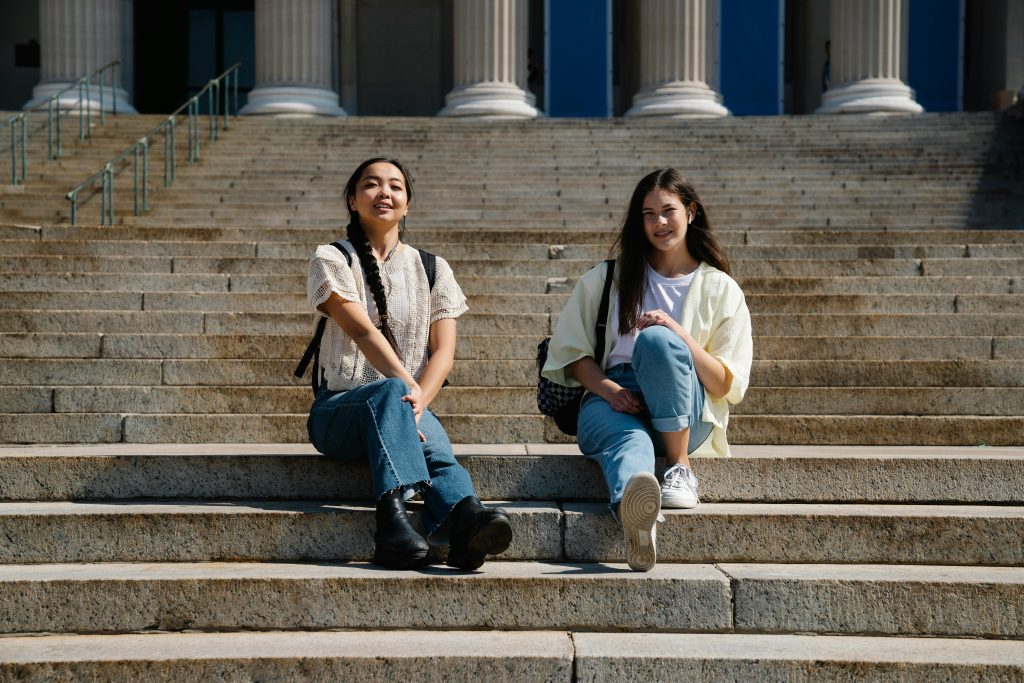
Practical Tips
Many aspects of planning a museum or gallery trip are the same as any other, but there are a few specific aspects which we recommend you should consider:
- Choose the right museum! There are so many brilliant opportunities out there, so make sure to select the most suitable one for your needs. There are many great websites and articles such as this to help you choose.
- Avoid busy times. Visits can be overwhelming if there are too many other groups in the space with you. Check with your venue for their thoughts on when their exhibits might be less crowded.
- Go local! There are often great museums and galleries right on the doorstep, and this is also a brilliant way to lower the carbon footprint. Use search tools out there like UK School Trips.
- Get help with risk assessments from the venue. Most museums will have risk assessments and other documents which can help with your planning. The larger museums, like the Science Museum, have a plethora of planning aids available!
- Check out the museum or gallery yourself. This is always a great idea for any visit, but it can be particularly useful to gauge the educational value of the exhibits and plan your trip effectively when heading to a museum or gallery.
